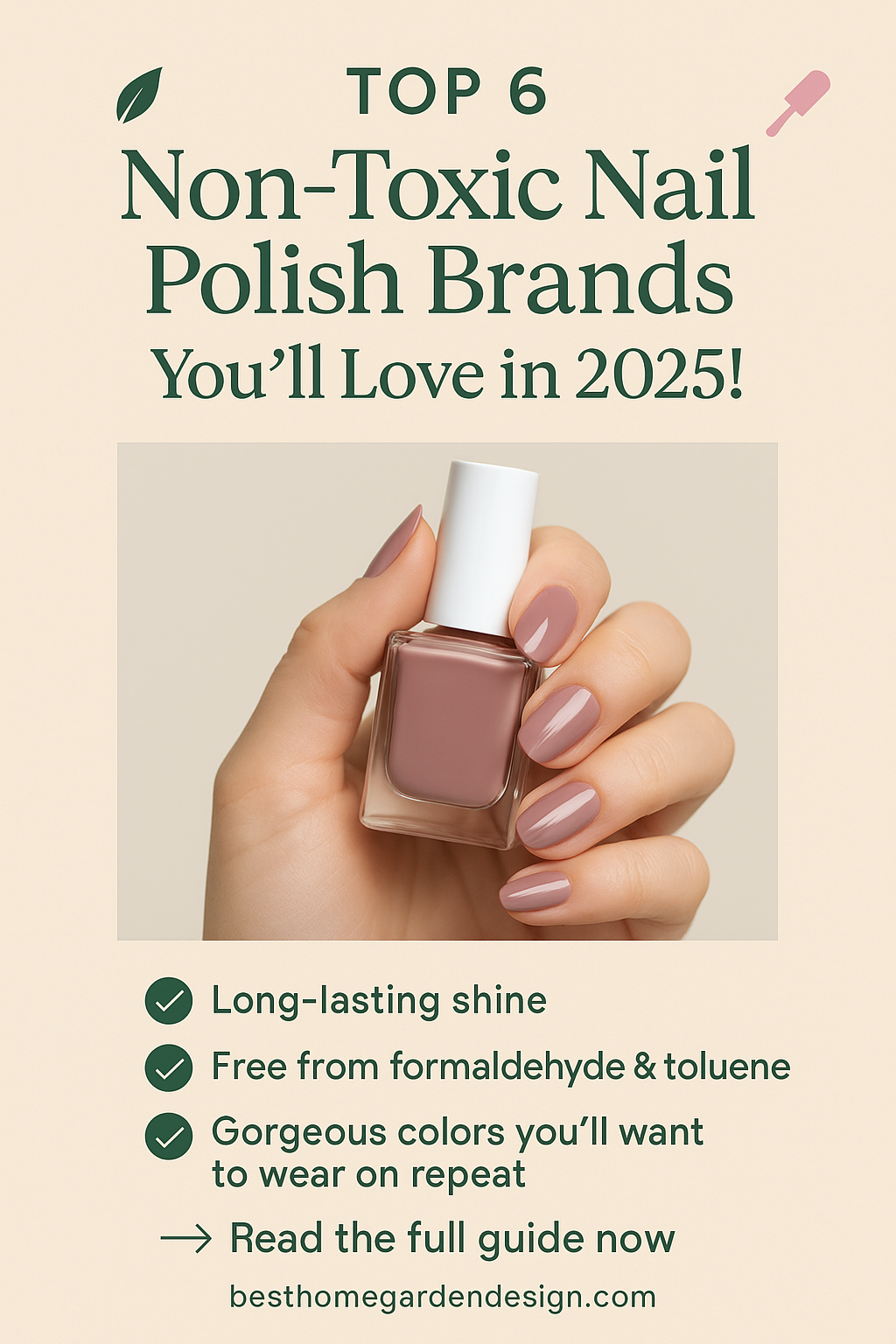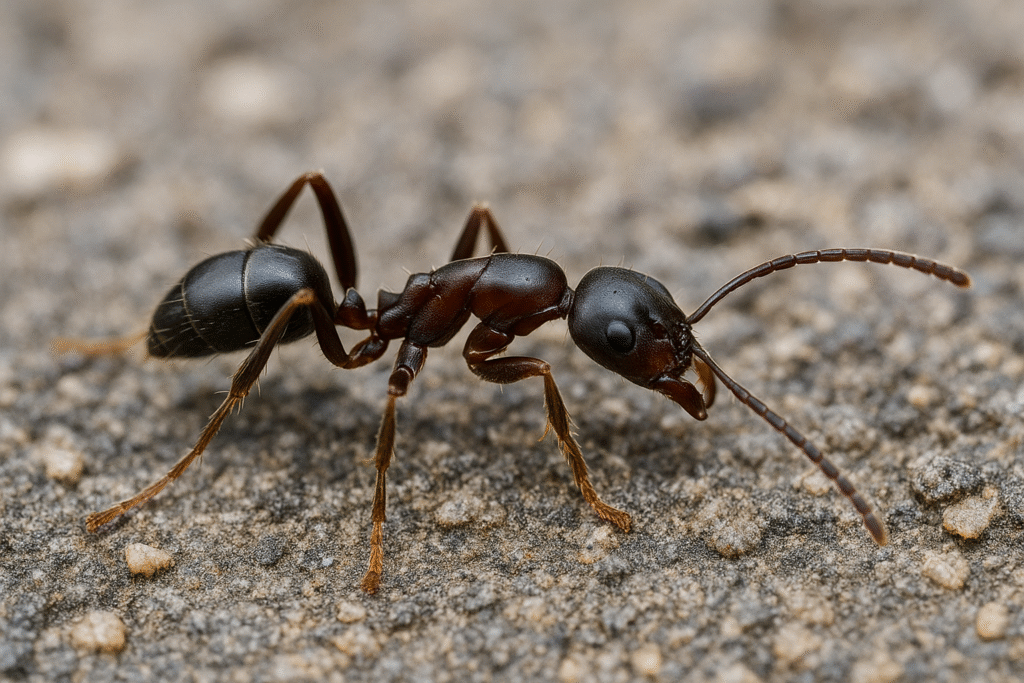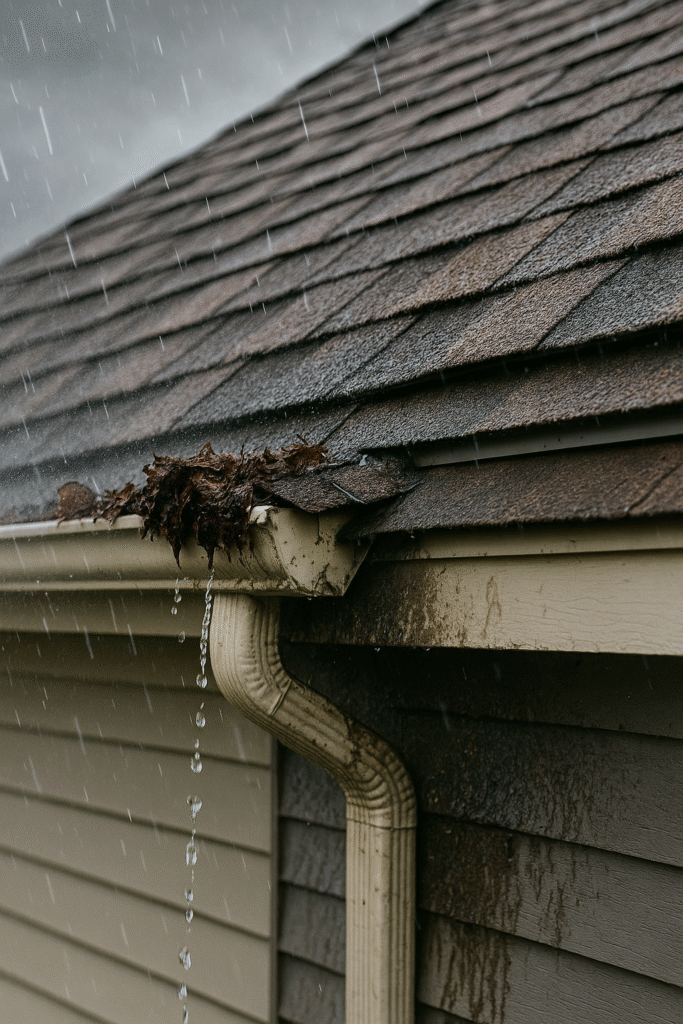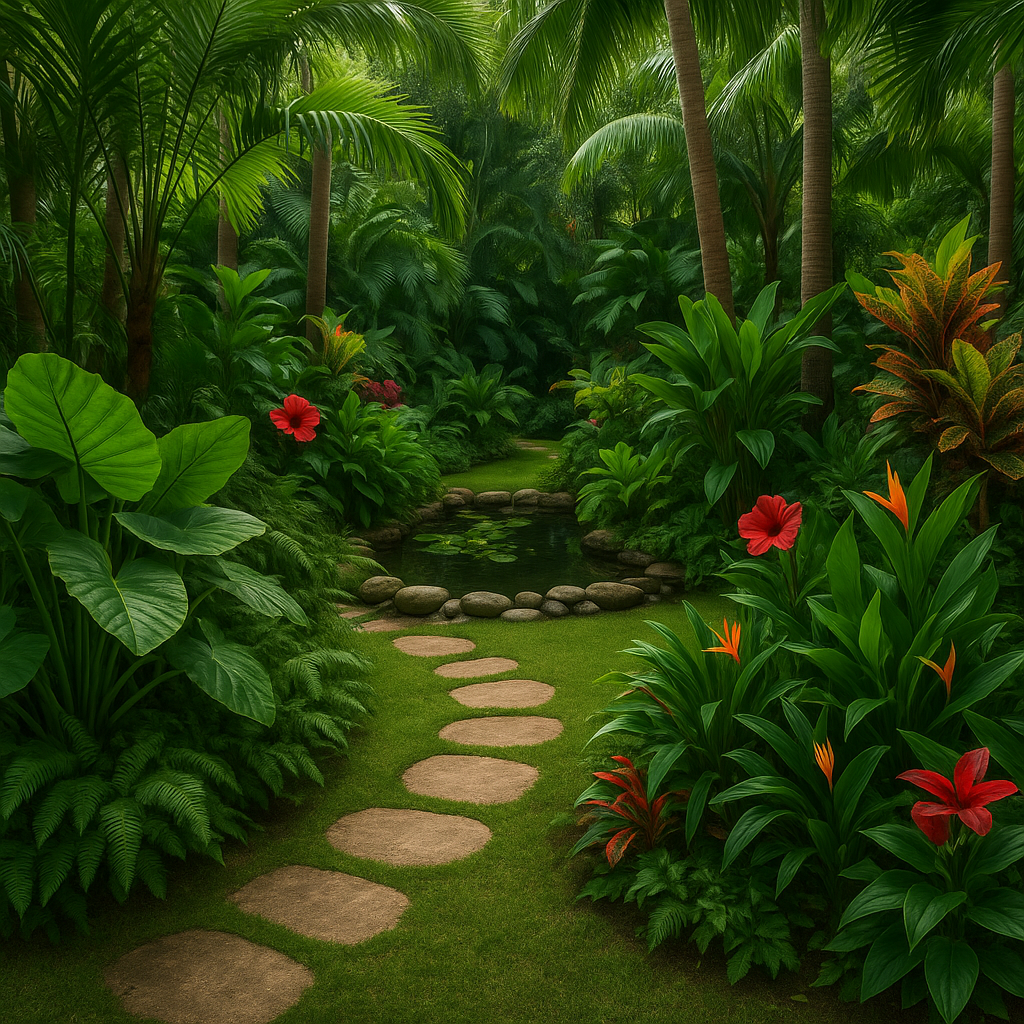From Cluttered to Calm: Minimalist Small Garden Tips
Have you ever stepped into a small garden that feels…
Have you ever stepped into a small garden that feels overwhelming despite its size? Cluttered planters, chaotic pathways, and overgrown greenery can easily rob your space of serenity. The good news? You don’t need a sprawling backyard to create a peaceful outdoor oasis. With a minimalist approach, your tiny garden can be a sanctuary of calm—and science agrees.
🌿 Why Minimalism Works in Small Gardens (According to Science)
Neuroscience supports what minimalists have been preaching: a clutter-free space reduces stress and enhances well-being. A 2020 study published in Environmental Psychology found that natural environments with less visual noise promote relaxation and mental clarity. In small gardens, where space is limited, every element matters. By choosing intentionality over abundance, you’re not just designing—you’re healing.
🔑 Key Principles of Minimalist Garden Design
1. Less Is More (And More Peaceful)
Instead of packing in dozens of plants, focus on a few well-chosen species. Think sculptural succulents, ornamental grasses, or a row of lavender. These choices provide texture without chaos.
💬 “I replaced my overgrown flower beds with two olive trees in pots and a patch of thyme—it looks like a magazine now!” – Helen R., garden blogger
2. Neutral Tones and Natural Materials
Use a calming color palette: beige gravel paths, light wood decking, stone features. These materials fade into the background, allowing plants to shine.
3. Simple, Clean Lines
Geometric raised beds or minimalist benches help structure the space. Avoid ornate decorations or complex layouts that overwhelm the eye.
4. Multi-Functional Pieces
A bench with built-in storage or a planter that doubles as a seat helps save space and maintain a clean look—especially crucial in urban gardens.
🧠 Decluttering Techniques for a Tiny Garden
- Edit your plant list: Remove anything that doesn’t serve a visual or ecological purpose.
- Hide what you must keep: Use garden screens, trellises, or chic storage boxes to conceal tools and clutter.
- Visual breathing room: Leave intentional negative space—like a gravel bed or an open area near a path—to let the garden “breathe.”
✨ Real-Life Minimalist Garden Transformations
In Tokyo, where space is a luxury, minimalist gardens thrive. A classic example is the “Tsuboniwa”—tiny courtyards with moss, rocks, and one or two accent plants. It’s proof that serenity can bloom in square meters, not acres.
📸 Imagine this: A single bonsai on a smooth stone slab beside a water basin. Nothing else. Peaceful perfection.
🌼 Easy Minimalist Plant Suggestions
| Plant | Why It Works |
|---|---|
| Lavender | Fragrant, pollinator-friendly, low-maintenance |
| Boxwood | Adds evergreen structure |
| Japanese Maple | Graceful focal point for seasonal interest |
| Thyme or Creeping Jenny | Great ground covers that soften hard edges |
| Agave or Yucca | Sculptural and drought-tolerant |
🛠 Pro Tips to Maintain the Minimalist Look
- Weekly sweep: Clear fallen leaves and petals to preserve clean lines.
- Seasonal trimming: Prune thoughtfully to keep shapes defined.
- Consistent watering routine: Minimal doesn’t mean neglected. Healthy plants look better and require less fuss.
🧘 Your Zen Awaits
Minimalism in the garden isn’t about restriction—it’s about refinement. By stripping away the excess, you create a space that invites rest, reflection, and reconnection with nature. So go ahead, declutter that garden. Calm is just a few pruned branches away.




